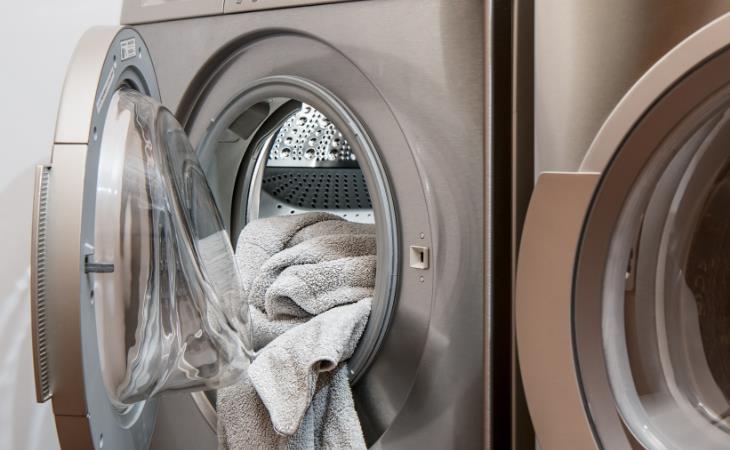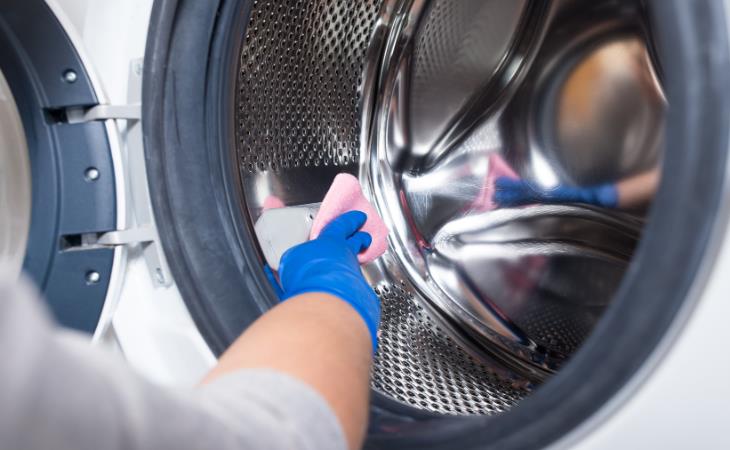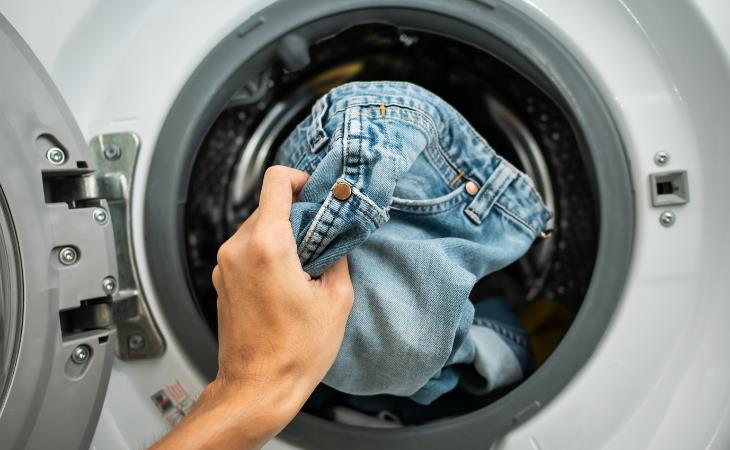Some household appliances tend to be overlooked when it comes to maintenance, and the washing machine is a prime example. Cleaning specialists say that regular maintenance of your washing machine not only prolongs its lifespan but also rids it of unpleasant musty odors resulting from the accumulation of stagnant soap and fabric softener residues.
While washing machines are designed to handle large amounts of water, they require regular cleaning to remove sticky residue from detergents and other laundry products that can trap dirt and body fluids. Since the interior of a washing machine is dark, damp, and warm, the residue can quickly become a breeding ground for mold and mildew.
While there are plenty of commercial washing machine cleaners available, you can make your own to keep your washer clean and fresh. The DIY washing machine cleanser mentioned below can be used on both front- and top-loading washing machines. This cleanser is so easy to create and use that you don't even need to mix it ahead of time. Simply keep the supplies on hand to clean your washer once a month.
What You'll Need
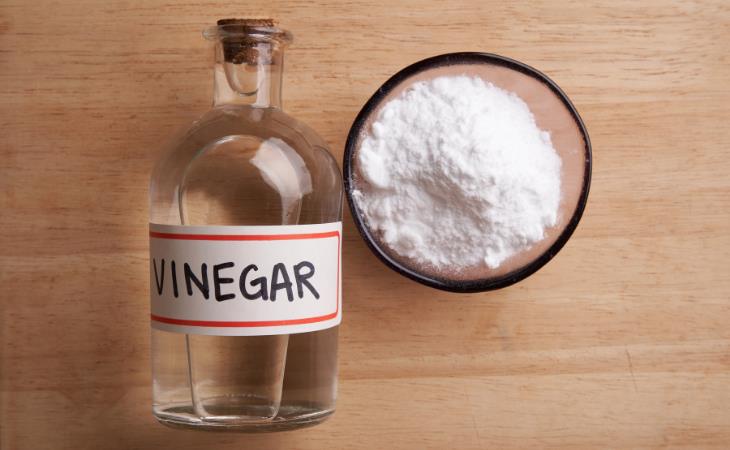
Equipment/Tools
- Measuring cups
- Old rags
- Old toothbrush
- Spray bottle
Ingredients
- 2 to 4 cups white vinegar
- 1/2 to 1 cup baking soda
- A few drops of essential oils (optional)
Steps to Make Your Own Washing Machine Cleaner
1. Start the process with an empty washing machine, then add 2 cups of baking soda directly to the machine. This will gently scrub the inside and remove stale, moldy aromas left behind by old soap and fabric softener deposits. Run a long, hot water cycle and then leave it alone.
2. Now, add 2 cups of plain white vinegar and 10 drops of some essential oil such as tea tree or lavender to the detergent compartment. The essential oils in these blends are effective against mildew and mineral buildup, as well as offering a mild disinfectant effect. Continue by starting a new washing cycle with the longest, hottest, and largest load setting available. The vinegar will help to break down deposits and eliminate unpleasant moldy scents.
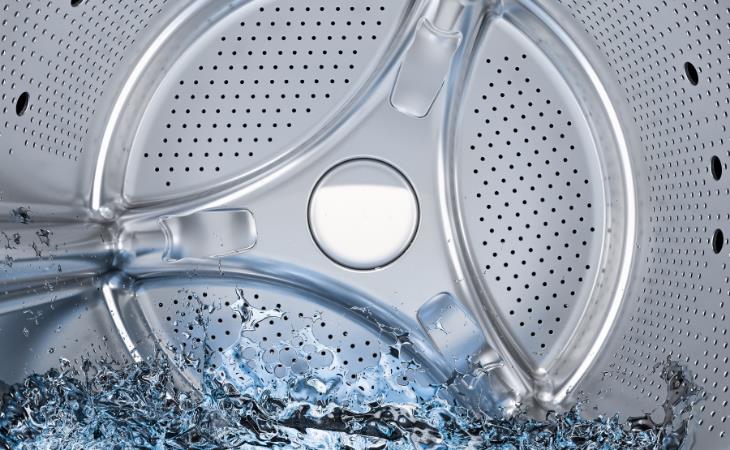
3. After finishing both cycles, you can quickly clean the drum and agitator by using a soft cotton cloth and vinegar. It is recommended that you use a non-abrasive sponge to gently scrub any stains with a mixture of baking soda and water. This approach should effectively eliminate most blemishes.
4. Over time, the rubber seal bordering front-load washing machines can become a magnet for unsightly residues. Take a cotton cloth, soak it in a combination of plain white vinegar and 10 drops of your chosen essential oil, and use this solution to meticulously cleanse the gasket.
5. Next on your list is the exterior of the appliance, which includes the detergent dispensers, all crevices, and the door frame. Use a cotton cloth dipped in a vinegar and water solution to meticulously clean both the inner and outer sections of the door. For persistent grime, use a cleaning toothbrush and baking soda, if necessary, and finish by wiping down the entire area with a cotton cloth.
It's worth noting that some front-loading washing machines have a "tub clean" function. This feature is useful since it provides high-temperature water while still allowing you to use your preferred natural cleaning chemicals. Additionally, certain models have AI-powered diagnostic checks to ensure peak performance. If your machine has a tub clean option, you can follow the same steps as above, replacing two tub clean cycles for the two extended hot-water cycles.
Additional Tips to Keep Your Washer Clean Longer
- Leave the lid or door of a washer open after each load to allow the drum and seals to dry and reduce the danger of mold and mildew formation.
- When not in use, leave the door slightly ajar and avoid using too much detergent. If you use too much on a daily basis, it might cling to the walls of your machine, causing bacteria and unpleasant odors.
- Before using this or any other DIY cleaning procedure on your washing machine, consult your owner's manual or the manufacturer's website. Certain acidic substances, such as vinegar, might cause damage to coatings or rubber components.

